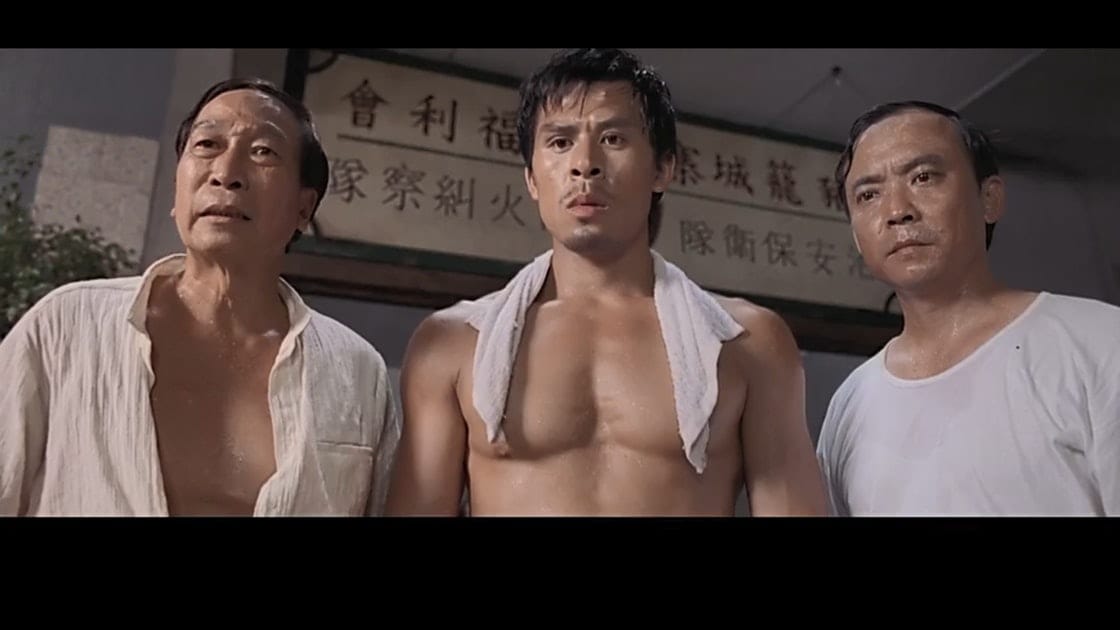The Life of a Coolie. A Must-Read for Supply Chain Professional.

Coolio is a rapper. Coolie is a supply chain operator.
Coolio sounds cool, but Coolie doesn't.
Coolie carries heavy loads ever since the dawn of the supply chain industry. They're supply chain operators who are responsible for the hands-on movement of the heavy loads. Inbound logistics inside a warehouse. Or outbound logistics from one port to another port from one country to another country. Any goods in transit cannot be done by a robot or with automation like a conveyor belt. It's the work of a Coolie.
The term Coolie is only a few hundred years old, however. We can find its roots in the 16th century, primarily in South Asia, particularly in regions of India and China. It refers to local workers who perform menial work for minimal wages. The Chinese word kǔlì (苦力) is an instance of phono-semantic matching. It tells the truth of Coolie's work the best. It translates the English word Coolie into a Chinese noun as bitter strength. It means hard labor.
Supply chain operator finds it offensive nowadays if you say he is a Coolie. It implies he's a poorly educated workforce in the society. It's true to some extent because most of them are not cut out for knowledge work. They can only trade in hard labor to create value. The Chainlien was a product manager in a delivery and logistics company and the founder used to say, "You don't study well when you're a kid, you will end up working in logistics." The Chainlien did not know if the founder was making fun of himself. The founder is the first-ever straight-A student in the public exams from the New Territories of Hong Kong and a graduate of Standford University with a distinction. And a professional poker player generated winnings of 30 million before he founded the company.
Why does the society have a negative perception of the logistics and supply chain industry by and large? Let's enter the life of a Coolie.
In the 1940s and 50s, it was the colonial era; The British established Hong Kong as a trading port. Warehouses and piers dotted the shoreline of Kowloon. Waves of Chinese immigrants, often impoverished and seeking better opportunities, set foot on Hong Kong's soil. Alongside Victoria Harbour, hundreds or even a thousand immigrants were looking for jobs on Canton Road every day. If they're lucky, they were employed as Coolies, loading and unloading cargo from ships in the bustling harbor.
Supply chain and logistics operations were physically demanding and often hazardous, especially in those days. It's running 24-7. Shift work performed by the Coolies kept the supply chain operational at all times. Coolie Kwun (Coolie Quarter) was often located near the workplace. It accommodated the living needs of Coolie. We can think about it as a labor camp or housing area for Coolies.
Housing in Coolie Kwuns varied widely, ranging from basic barracks-style dormitories to small shanty dwellings. The accommodations were typically rudimentary, with limited amenities such as electricity, running water, and sanitation facilities. Due to the large number of Coolies and limited housing space, Coolie Kwuns were often overcrowded. Multiple families or groups of workers might share small living quarters, leading to cramped conditions and increased health risks. Besides, sanitation was often inadequate, leading to health hazards such as poor hygiene, spread of disease, and vermin infestations.
On top of the labor camp function, Coolie Kwun also performed the back office role. As a business, it took on the work tasks from the warehouses and piers and profits from the outsourcing model. Even though everyone could do the job of a Coolie, which is in the lowest rung on the social hierarchy. A Coolie cannot work as a Coolie without the Coolie Kwun. The Coolie needs to write his name on a bamboo slip and put it up on the wall in the Coolie Kwun. The number of the bamboo slips on the wall is the number of the Coolies the Coolie Kwun had. At the beginning of a typical workday, all of the bamboo slips face down showing no names at all. Hundreds of slips on the wall and only those who are lucky enough to get hired that day can flip the slips to show their name.
By accumulating Coolies who always stand by for work, the Coolie Kwun always has a surplus of hard labor. It's got the upper hand and that's why the minimal wage. Some Coolies will work four shifts in one day to make ends meet. It's no surprise throughout Hong Kong's history, Coolies participated in various labor movements and strikes to protest against unfair working conditions and demand better treatment and wages.